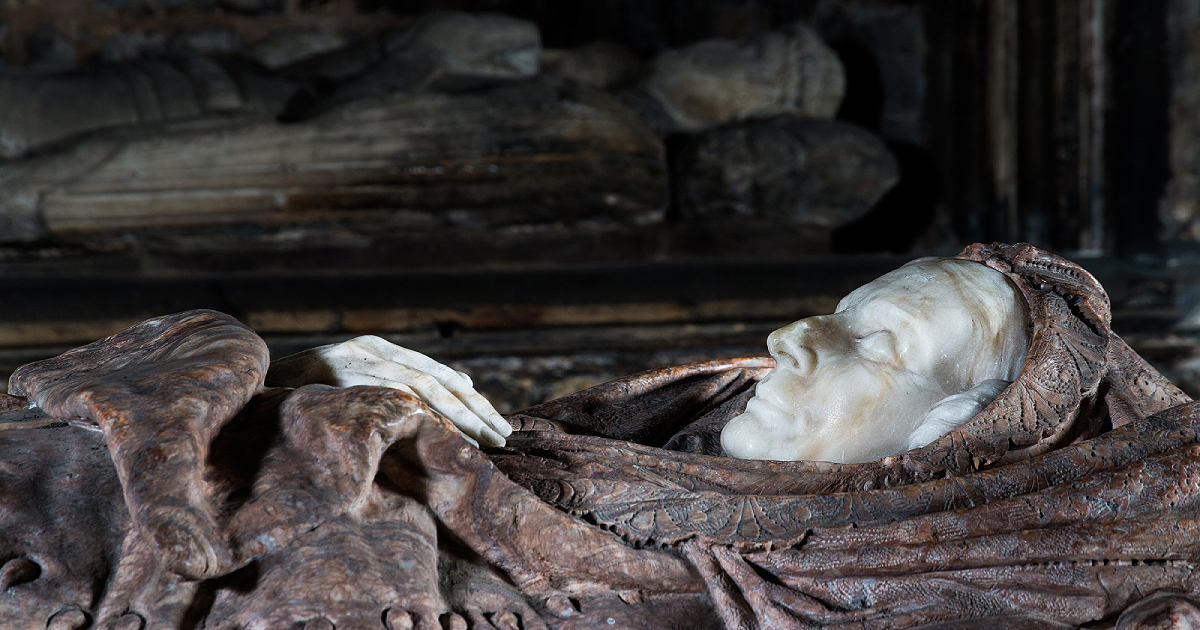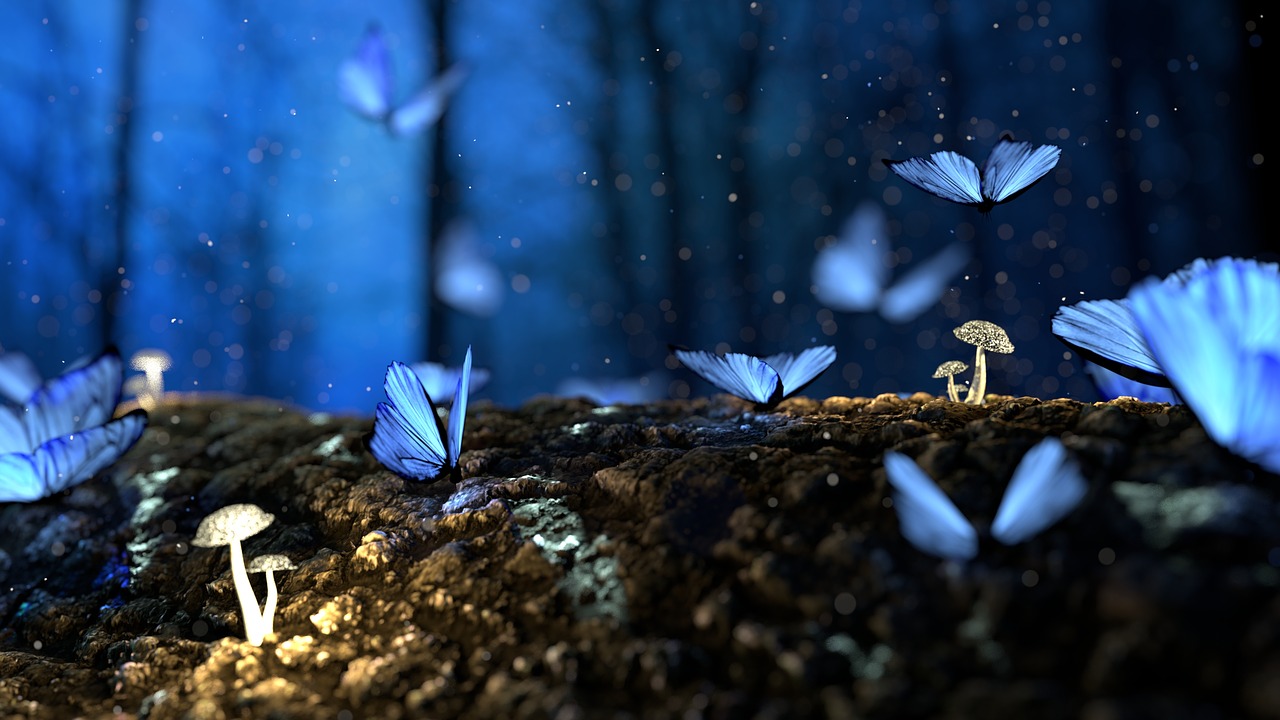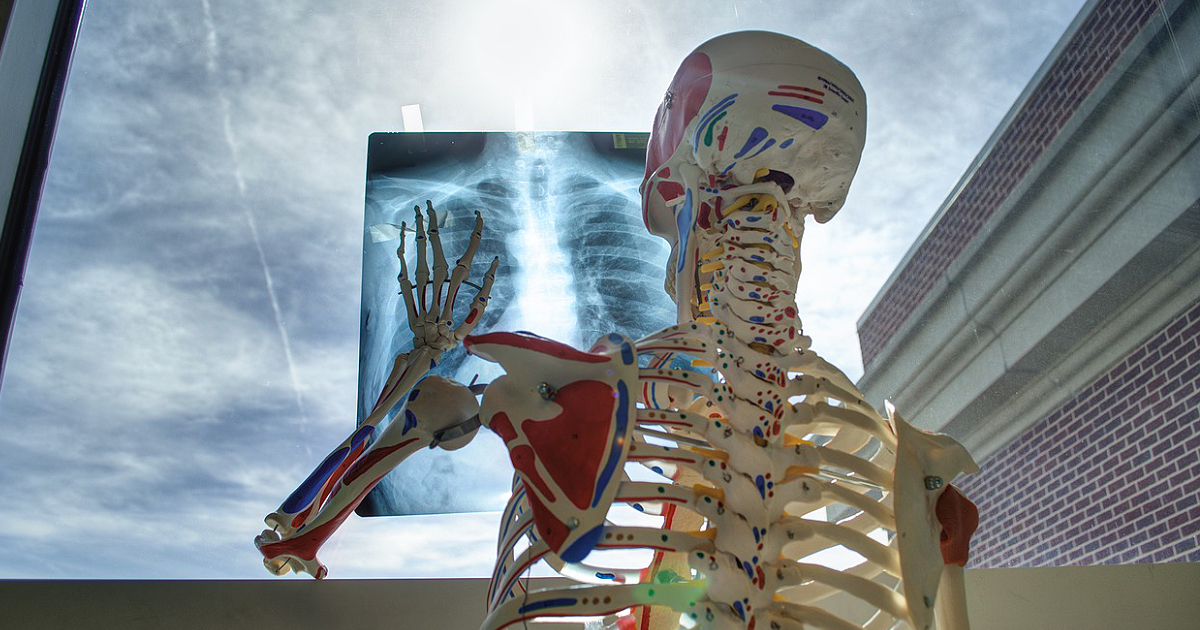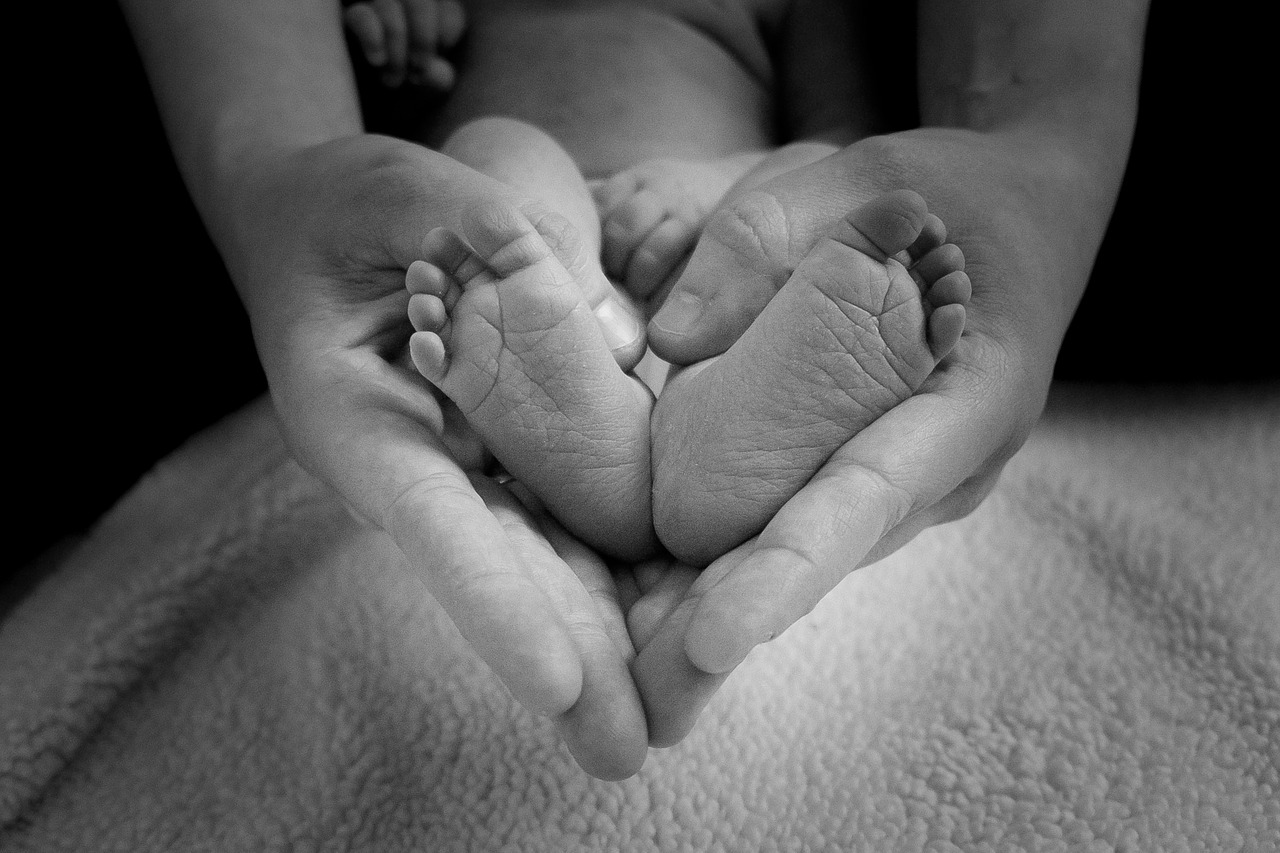By Jo Harthan © 2017
I’ve been a dream journaller for almost thirty years and a member of the International Association for the Study of Dreams (IASD) since 2001. These facts are my credentials in the world of ‘normal’ dreaming. As for lucid dreaming, I’ve had both spontaneous and induced experiences, but in 2014 they ceased and have only just returned.
I don’t know what caused this drought. Lucid dreaming is a very personal experience; an induction method that works for one person will not necessarily work for another, and sometimes none of them seem to work. But what broke my drought may turn out to be the main ingredient for successful lucid dreaming.
First, let me talk about my success (or otherwise) of trying to induce a lucid dream. I first intentionally experimented in May 1997 when I followed the suggestions of the Lucidity Institute. I had two successful results very quickly, separated by a couple of days. Here are those dreams:
Dream 1 (1¾ hours after going to bed): I entered a dream where I was asking someone about lucid dreaming. They gave me an audio tape, which I played. It was the voice of a woman telling me I was now going to go lucid, which I did. Her voice sounded strange and the dream quickly became unstable. I remembered what I’d read about spinning the dream body if you are losing lucidity and began to do this. It was hard at first but got easier and easier. Eventually I was spinning fast; it was an incredible experience, and I just kept saying to myself (as instructed) that the next thing I see will be another lucid dream. The lucid dream I got was quite sexual! [censored].
Dream 2 (3½ hours after going to bed): I became aware I was dreaming as I was showing someone how to leave Extra Sensory Perception (ESP) messages by throwing them into a sort of ‘sea’ (for lack of a better description), an area where one could leave ESP messages. Everybody had their own ‘space’ in this ‘sea’. You had to throw the message into a particular area, otherwise it would dilute and disperse and be indecipherable. X (one of my lab technicians in ordinary waking reality) was with me and clearly had a natural ability. She said she was clairvoyant but I said it was nothing to do with clairvoyance, it was all about lucid dreaming.
Now you would think having had such great results I would have continued to experiment. But I didn’t. Experimenting with lucid dreaming takes patience, persistence, and (I thought) a lot of energy. Being a single mum of two boys and working part-time whilst also doing a PhD didn’t leave me with much spare energy. So I didn’t pursue it but I did relish my infrequent (about three times per year) spontaneous lucid dreams.
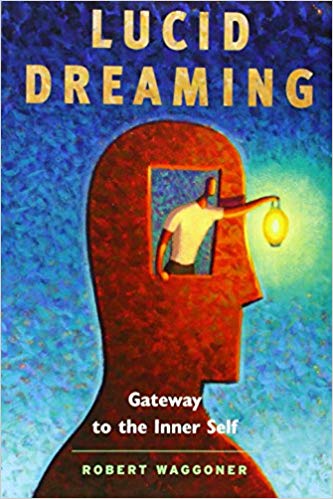 In 2008, with the sudden upsurge of interest in lucid dreaming (instigated I think by Robert Waggoner’s book, Lucid Dreaming: Gateway to the Inner Self), I decided to try and induce them again but had only limited success. What I needed was a lucid dreaming workshop. Sadly, Robert doesn’t often come to the UK but we do have a home grown teacher in the form of Charlie Morley, a practising Buddhist.
In 2008, with the sudden upsurge of interest in lucid dreaming (instigated I think by Robert Waggoner’s book, Lucid Dreaming: Gateway to the Inner Self), I decided to try and induce them again but had only limited success. What I needed was a lucid dreaming workshop. Sadly, Robert doesn’t often come to the UK but we do have a home grown teacher in the form of Charlie Morley, a practising Buddhist.
In May 2014, I attended Morley’s Lucid Dreaming Retreat on Holy Isle, located off the Ayrshire coast in the Western Isles of Scotland (an affiliated retreat centre of Samye Ling, a Tibetan Buddhist Monastery in Dumfries). With an ancient spiritual heritage stretching back to the 6th century, it was an ideal place to focus on lucid dreaming.
I was there for five days, along with 20 other oneironauts. Each night, most of us slept in the Peace Hall where every 90 minutes Charlie would wake us. The idea is that if one is woken from REM sleep it is possible to enter a lucid dream from the hypnagogic state occurring just before falling back to sleep.
Here I’d like to add an anecdote to explain how I chose the title for this article. On my journey back from Holy Isle, I’d stopped off in Douglas, a pretty little village in Lanarkshire, hoping to find some refreshment. Instead I found a 13th century chapel dedicated to St. Bride. An elderly gentleman doing maintenance in the graveyard offered to unlock the church (now mausoleum) to show me round. Inside were reposing marble statues of the affluent dead— one of which was Lady Lucy. Later I wondered if the Universe had been telling me that my lucid dreaming was dead, too, at least for the time being.
Did it work for me? Disappointingly, no. Even more disappointing, all my lucid dreams, spontaneous or otherwise, came to an end in October 2014, despite increasing my efforts to induce them.
Without controlled scientific data it is impossible to say why this drought happened. Perhaps I was trying too hard. Perhaps the methods were too intense. In Charlie’s course, was I being woken at the wrong time for my sleep cycle? Was it that we dream less as we get older? Were my days were too full of distractions? Had I lost enthusiasm? Was it too much stress? It could have been all or none of these reasons; I only know that how I broke the drought wasn’t anything I did intentionally. My lucid dreams returned as a byproduct of something else.
“Believing in other levels of reality with our head doesn’t get results—we have to believe it in our heart.”
Shortly after attending Charlie’s course, my life fell into chaos for almost three years. Not only did my lucid dreams stop but I hardly remembered any dreams. This worried me because during every other stressful period of my life, the opposite had happened—my dreams had always increased in frequency and clarity. Why was this different?
I believe it was because I had lost my connection to what I call ‘spirit’ (but you can call it whatever you like: the conscious Universe; underlying reality; the awareness behind the dream, to quote Robert’s term; God; Allah; Buddha nature . . . ). I felt adrift and disconnected. So many things had gone wrong and I couldn’t make sense of any of it. Friends began to comment that I seemed to have become a magnet for bad luck.
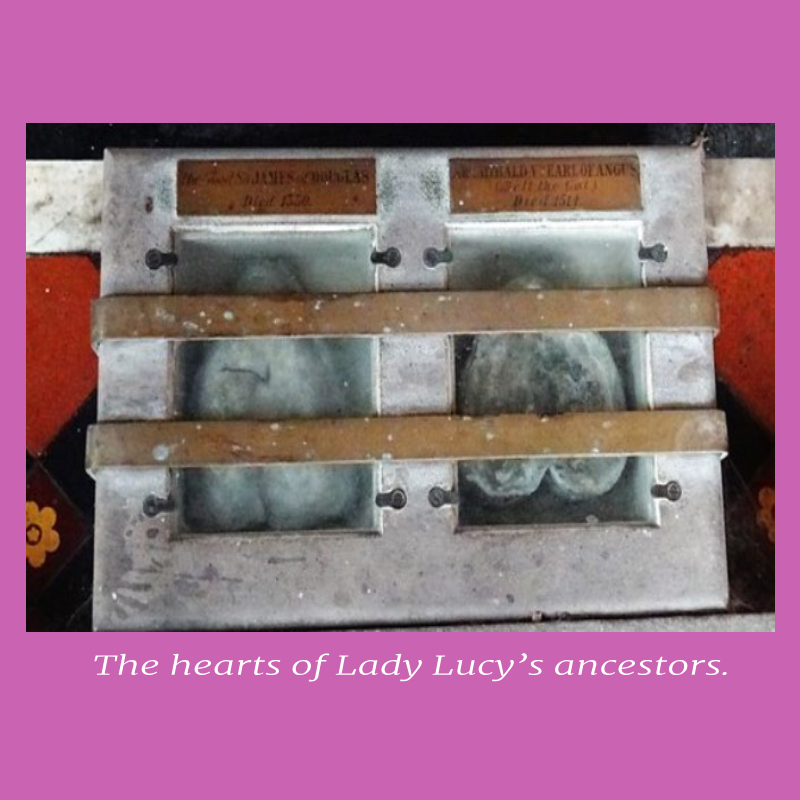 But then, a little miracle happened. In quick succession, a series of synchronicities jumped up and slapped my face, forcing me to renew my commitment to Shamanic practice. And then, my dreams returned in profusion, including regular lucid dreams containing information and instruction.
But then, a little miracle happened. In quick succession, a series of synchronicities jumped up and slapped my face, forcing me to renew my commitment to Shamanic practice. And then, my dreams returned in profusion, including regular lucid dreams containing information and instruction.
This has left me with a new conviction about lucid dreaming: that believing in other levels of reality with our head doesn’t get results—we have to believe it in our heart. This conviction was reinforced while writing this article and browsing my photographs of St. Bride’s. As well as the life-size statues inside the mausoleum, there are two heart-shaped stone containers, holding the actual hearts of two of Lady Lucy’s ancestors. It seemed a neat synchronicity.
A belief in an underlying reality needn’t involve spirituality or religion or anything esoteric, but simply an acknowledgement that there is something unknowable and incomprehensible underpinning our existence. Perhaps a more universally acceptable concept is the idea of ‘quantum reality’. For if the fundamental ‘building block’ of the Universe is energy, then all things, even thought forms and mental constructs (including dreams), must be ‘real’ in the true sense of the word.

